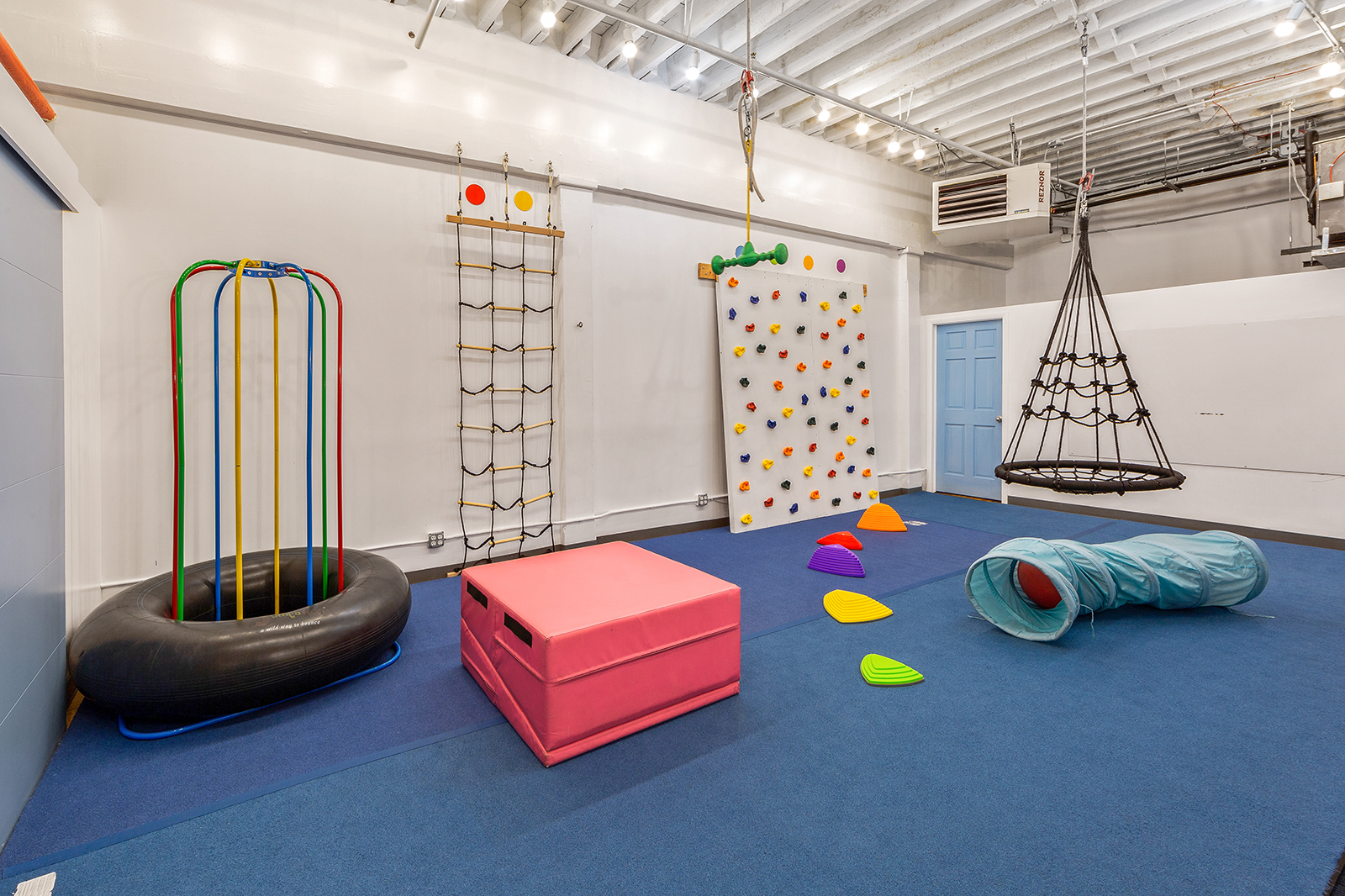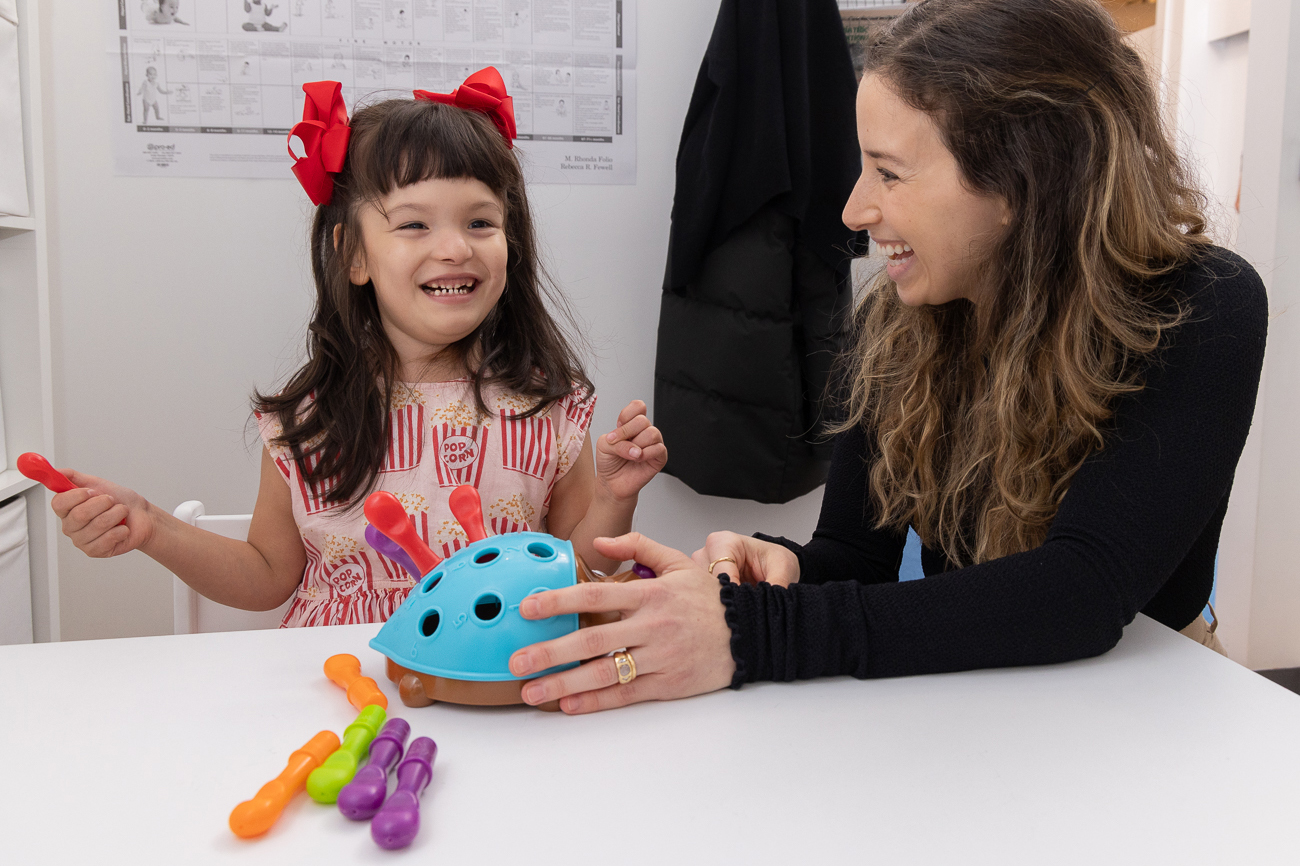By Amy Weber
If you’ve ever tried to get your kid to write a “thank you” note and it ended in tears (theirs and yours), you’re not alone. Gratitude can feel like one of those lofty “Pinterest parent” skills—like journaling at sunrise or arranging vegetables into zoo animals. Lovely in theory, impossible in the real world.
But here’s the thing: gratitude isn’t just polite manners or “say thank you, please.” Gratitude is a regulation tool. It helps kids (and parents) shift out of “everything is overwhelming” mode and into “I can find a tiny good thing here” mode. And for neurodivergent kids, who often face extra daily hurdles, gratitude practices can be powerful for building resilience and joy—when we make them realistic.
Why Gratitude Can Be Tricky for Neurodivergent Kids
- Abstract concepts: “Be grateful” can sound like “be taller”—not exactly actionable. Kids need it broken down into concrete, visible steps.
- Sensory overload: When the world feels too loud, too itchy, or too much, finding the “good” is extra hard. Gratitude is easier once regulation tools are in place.
- Performance pressure: Forced gratitude (“You should be thankful!”) can backfire, turning a positive practice into shame or resistance.
Good news: gratitude doesn’t need to be fancy. It just needs to be consistent, bite-sized, and playful.
Family-Friendly Gratitude Builders
1. The One-Thing Ritual
At dinner, bedtime, or even during tooth-brushing chaos, ask: “What’s one thing that didn’t stink today?”
- Keep it low pressure. “The snack was good” counts. “Minecraft updated” counts. So does “I survived math.”
2. Photo Gratitude Hunt
Give kids a chance to show instead of tell. Hand them a phone or camera and say: “Take a picture of something you like today.” Later, scroll together and label the pictures with gratitude words.
3. Gratitude Jars—But Make It Easy
Forget the fancy mason jars with perfect handwriting. Grab a shoebox, a basket, or even a Ziploc bag. Once a week, everyone tosses in a scrap with something they liked. Read them back when the week feels heavy.
4. Sensory Gratitude
Gratitude doesn’t have to be words. Try:
- “What’s one sound you liked today?”
- “What’s one thing that smelled good?”
- “What was the softest/coziest thing you touched?”
This makes gratitude concrete for sensory-driven kids.
5. Model Out Loud
Say your gratitude in the moment.
- “I’m so glad you reminded me to bring the keys.”
- “I loved that silly face you made—it made me laugh.”
Kids learn more from overhearing your authentic gratitude than from lectures.
6. Turn Gratitude into Play
- Make it a scavenger hunt: “Find three things in this room that make you smile.”
- Use sticky notes: leave little “thank you” notes for each other in backpacks, lunchboxes, or on the bathroom mirror.
7. Pair Gratitude with Regulation
If your child is mid-meltdown, don’t push gratitude (that’s like offering algebra during a fire drill). Instead, use calming tools first—then, once the storm has passed, gently invite: “What’s one good thing you want to carry forward from today?”
Final Takeaway
Gratitude doesn’t have to be grand, polished, or Instagram-worthy. It’s about planting small seeds of “I can notice good things” in everyday family life. For neurodivergent kids, those seeds grow into resilience, connection, and joy. And for parents? Gratitude is a survival skill, too. (Because sometimes, the win is just: we made it through Tuesday. And that absolutely counts.)
Freebie!!













social groups
Our mission for groups is to build community through play! Our social groups are play-based (following the lead and interests of each child), and are geared towards meeting each child exactly where they are. Our goals include: to build social communication, to learn more about ourselves independently and in a group, to boost confidence, to develop problem solving skills, to learn about physical and emotional regulation, and to enjoy peer interactions. We value play, and creating natural opportunities for children to have fun AND make friends.
Apply for Any Group
Lego Group
Drawing on the Lego Serious Play and Lego-based Counseling models, this group will work to build social competence through the use of legos. We will engage in project-based activities designed to encourage friendship and collaboration, emotion management/regulation, growth mindset, self-esteem, and mindfulness.
Board Games Group
Board games are the perfect tool to introduce and teach social/emotional learning! Using classic games as well as new favorites, we will develop self-awareness, management of emotional responses, self-esteem, team work/collaboration, self-control, conflict resolution, making thoughtful decisions, and empathy.
Apply for Any Group